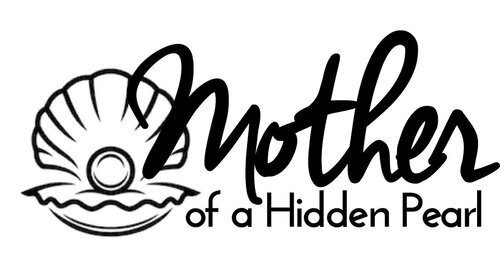Misophonia: The Unbearable Sounds That Drive People Crazy
I triggered the alarm bells in my daughter’s head: Alert. Alert. Annoying Sound.
“Stop,” she screeched as I sunk my teeth into a muffin.
My daughter’s super bionic ears hear everything.
Chewing, swallowing, whistling, yawning, slurping, crunching, tapping, sighing, and the “s” and “k” sounds drive her mad.
We modified our home to drown out her trigger sounds: Our oven fan hums as we eat in separate rooms. The TV blares as we watch shows together. Even her iPod plays music as she tries to cope.
Still, she hears the sounds.
My daughter’s flashes of rage repeat themselves multiple times a day. It’s agonizing to see her struggle. It’s equally painful to tolerate her anger. Our family’s patience has been stretched to its limits.
Thank God that my path and a friend’s path crossed. A discussion with her revealed that there’s a condition for people who suffer from such sounds. Her daughter suffers from them too.
The condition is called Misophonia. Miso means angry and phonia means sounds. It’s a brain-based disorder where specific sounds elicit anger, frustration, and a desire to flee the sound. The sounds may also elicit a physical reaction: increased heart rate, increased blood pressure, and muscle tightness. These reactions are not within the conscious control of the individual. They are automatic. That’s the frustrating part. Sufferers can’t control their anger.
Misophonia became a coined term in 2001. It’s still considered a relatively new diagnosis, and many doctors are uninformed. You may need to advocate for a child if you suspect he or she has misophonia.
My friend helped set us on the right path. My daughter received her misophonia diagnosis from an Ear, Nose, and Throat specialist. This specialist then referred us to a Psychiatrist. The Psychiatrist prescribes sertraline which reduces her anxiety and takes the edge off her misophonia.
Medication isn’t the only option. My research indicates other treatment considerations:
· Tinnitus Training (exposure therapy).
· Cognitive Behaviour Therapy.
· Counselling for coping strategies.
· Wearing devices that produce background noise or eliminate it altogether. These include open-ear headphones, specialized hearing aids that produce background noises, and ear plugs or noise cancelling headsets.
My daughter found relief from medication, modifications to her environment, and listening to music on her iPod. This protocol softens the maddening edge she feels towards sounds.
Scientists are in the infancy stage of understanding misophonia. This fills me with hope for future developments. If you’re concerned about a child with misophonia, perseverance may be necessary to find relief. Don’t give up. There’s hope.

